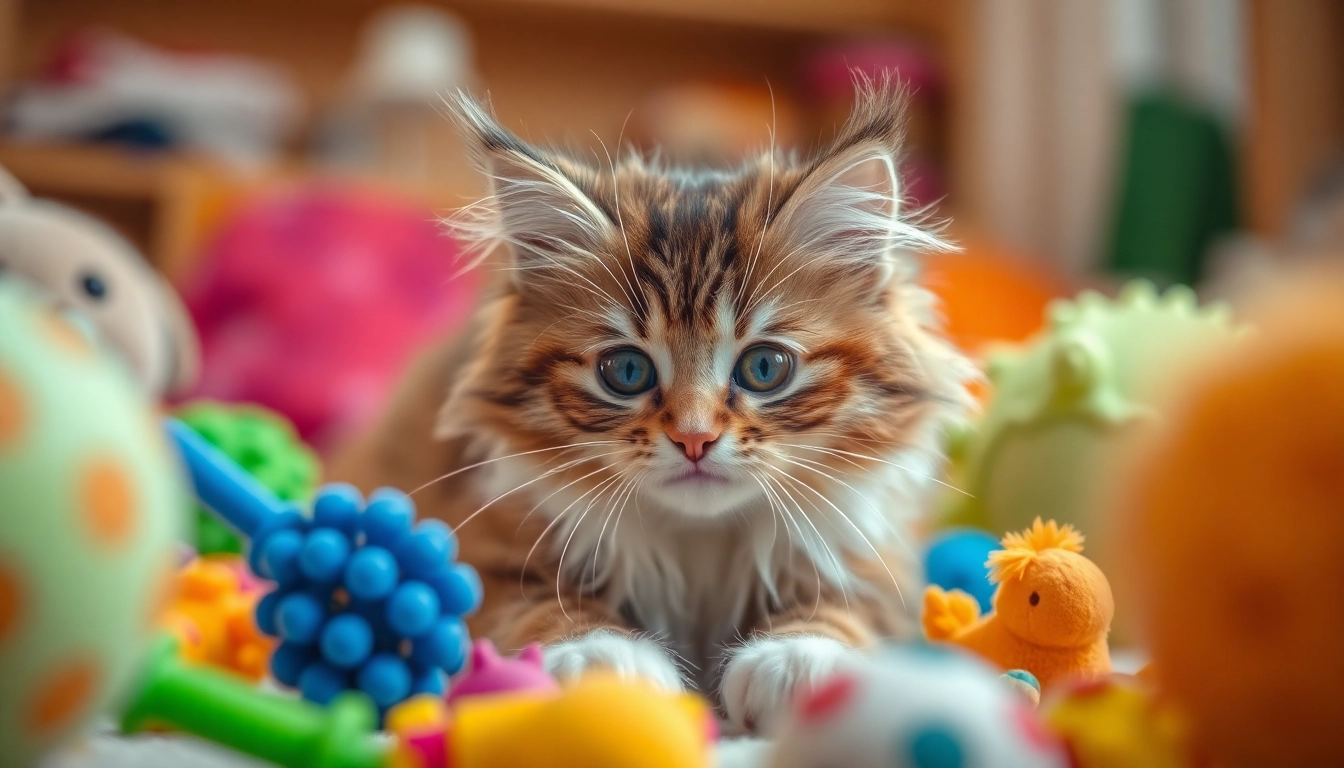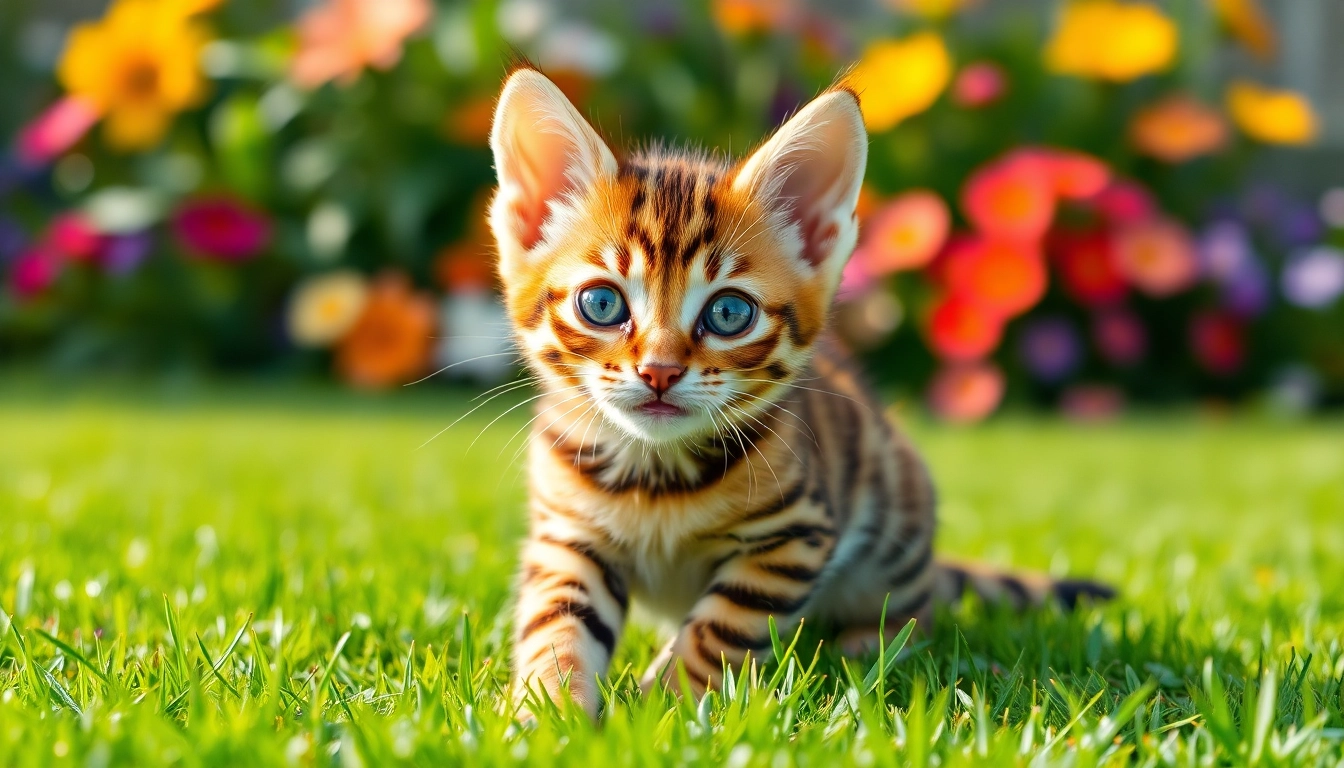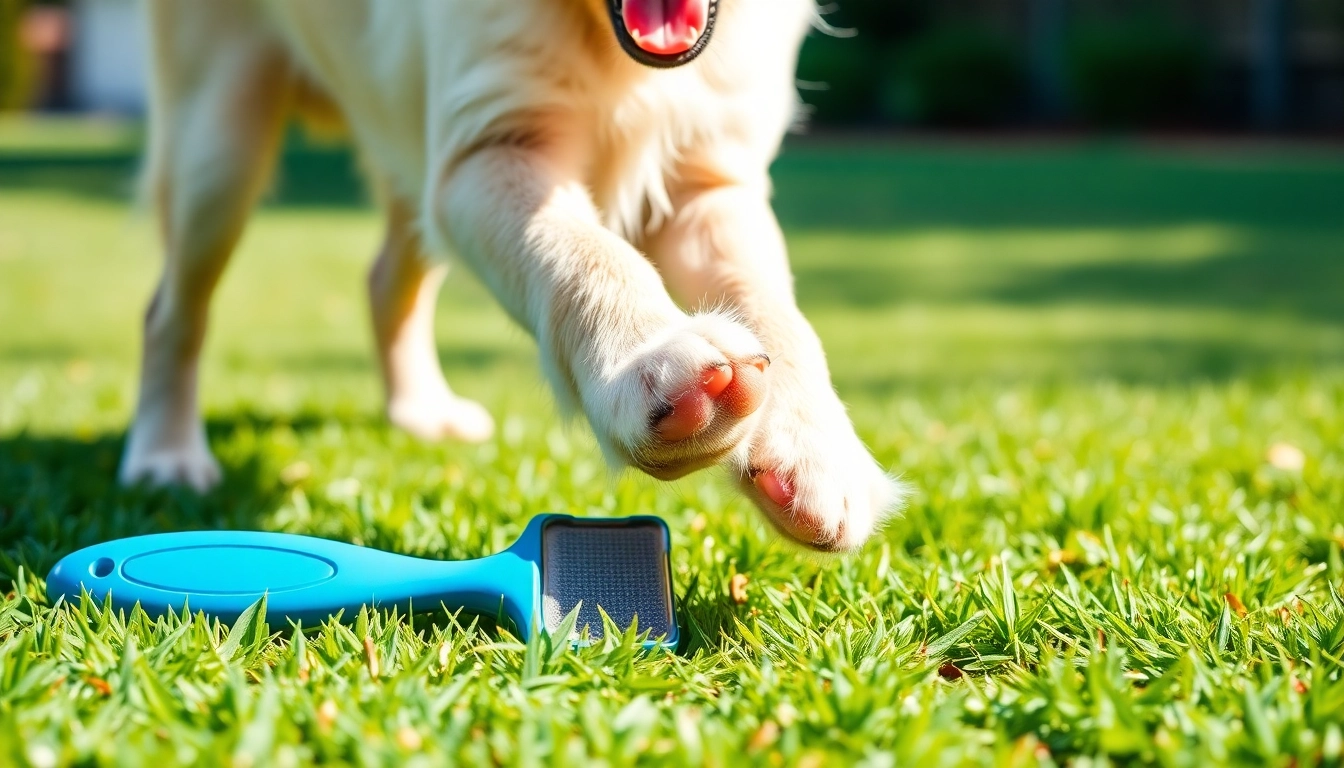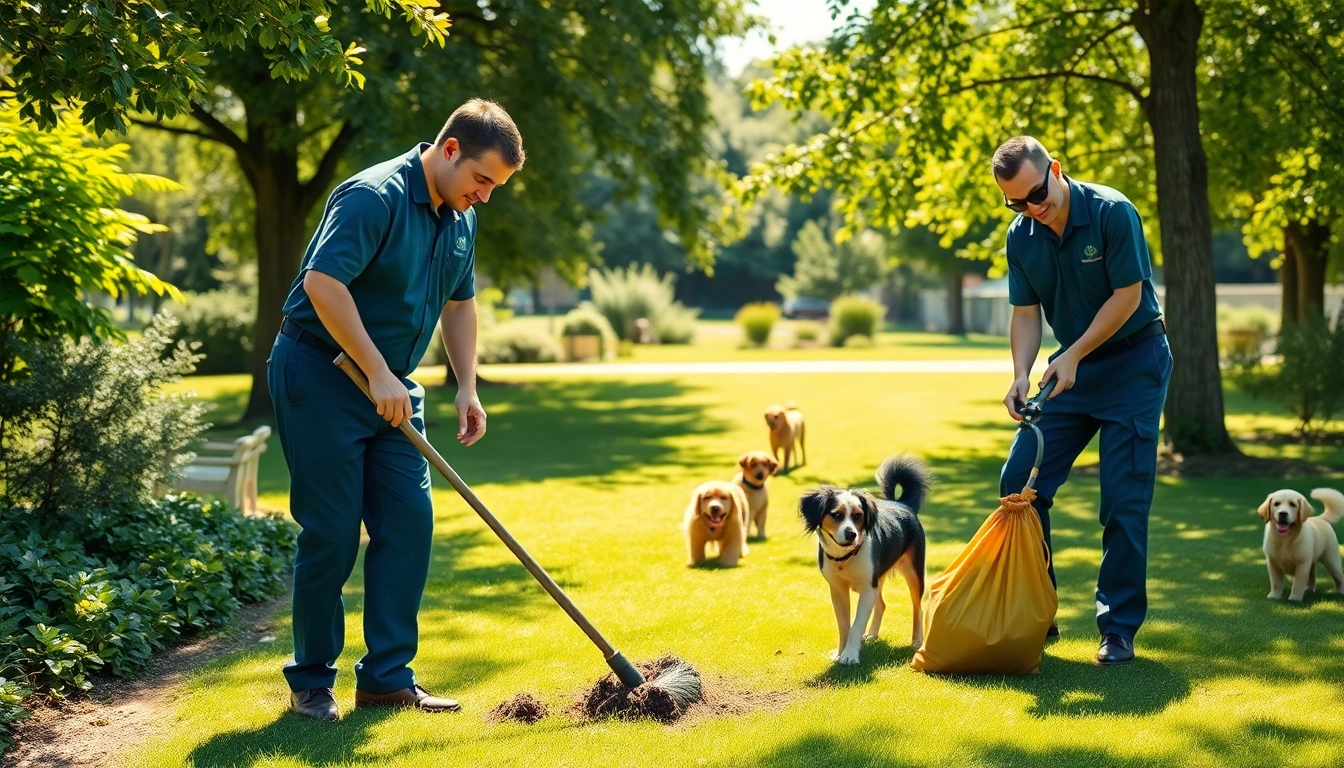Understanding the Importance of Playtime for Cats
As cat owners, we often find ourselves engrossed in the whimsical antics of our feline friends. Playtime is not just entertainment; it is an essential part of a cat’s overall health and emotional well-being. Many behavioral problems can stem from a lack of mental and physical stimulation, making interactive playtime with toys an absolute necessity. By prioritizing play, you enhance your cat’s quality of life and potentially forestall issues related to boredom, anxiety, and obesity.
Interactive playtime is especially important in today’s world, where indoor living is increasingly common. For those seeking engaging ways to inspire active play, effective cat toys can be a game changer. Discover various options for kitty fun that goes beyond mere amusement here.
The Role of Play in Cat Behavior
Play is a natural and vital activity for cats, closely mirroring their instincts. In the wild, cats engage in play to hone their hunting skills, establish social hierarchies, and develop their physical agility. Even domestic cats, despite being free from survival pressures, maintain these instincts. Play behavior can be categorized into two primary types: solitary and social play.
Solitary play often includes pouncing, chasing, and batting at objects. Social play usually occurs with other cats but can also involve humans. Understanding this dual aspect of play is crucial because it helps us select toys that cater to these needs, thereby promoting healthy behavior and psychological enrichment.
How Interactive Toys Enhance Playtime
Interactive toys, as the name suggests, require a cat’s active participation, turning play into a stimulating experience rather than a passive one. These toys can vary in complexity—from simple ball toys to sophisticated robotic mice that mimic real prey movements. Here are several benefits of using interactive toys:
- Physical Engagement: Encouraging cats to jump, chase, and hunt can help prevent obesity and keep them physically fit.
- Mental Stimulation: Many interactive toys present challenges or puzzles for cats, requiring them to think critically and develop problem-solving skills.
- Reduced Boredom: By introducing variety through different toys, you can keep your cat engaged and satisfied.
- Enhanced Bonding: Interacting with your cat during playtime can strengthen the bond between you two, creating a deeper connection.
Signs Your Cat Needs More Playtime Here
Observing your cat’s behavior can provide vital clues about whether they are receiving adequate playtime. Indications that your cat might be bored or in need of more engagement include:
- Increased Aggression: If your cat displays aggressive behaviors, it may be a sign of pent-up energy that needs to be expressed through play.
- Excessive Meowing or Vocalization: Cats often vocalize their needs, and excessive meowing can indicate a desire for stimulation.
- Lack of Interest in Their Usual Activities: If your cat seems lethargic or disinterested in their favorite toys, they might benefit from new experiences.
- Overweight and Sedentary Lifestyle: If your cat is getting less exercise, incorporating more play can help them shed extra pounds and energize their daily routine.
Types of Interactive Toys That Engage Cats
With a vast array of interactive toys available in the market, choosing the right ones can sometimes be a daunting task. Here, we detail the various types of toys such that you can find what best suits your cat’s personality and preferences.
Electronic vs. Manual Toys
Interactive toys come in two main forms: electronic and manual. Both types offer unique advantages, depending on your cat’s temperament and play preference.
- Electronic Toys: These toys often include battery-operated gadgets that move, make sounds, or mimic prey-like behavior. They are excellent for engaging cats that love to chase, as many models are able to navigate unpredictably.
- Manual Toys: Even a simple string or feather wand may engage a kitty for extended periods. They’re often more interactive for owners as well, creating bonding experiences through shared play.
For households with multiple cats or those that enjoy group play, a combination of both electronic and manual toys can provide the best overall engagement.
Best Toys for Indoor Cats Here
Indoor cats may miss out on the natural stimulation that comes from exploring outdoors, but choosing the right toys can create a vibrant landscape of engagement within your home. Here are some recommended toys that indoor cats tend to enjoy:
- Laser Pointers: Almost universally adored by cats, laser pointers entice them to chase that ever-elusive dot.
- Feather Wands: These are perfect for mimicking the motions of birds and allowing their hunting spirits to flourish.
- Automated Laser Toys: Unlike the standard laser pointers, these devices project laser dots on a randomized trail, allowing for independent play.
- Interactive Puzzle Feeders: These not only promote play but also slow down eating and provide mental challenges.
DIY Cat Toy Ideas to Try
If you’re feeling crafty, creating DIY cat toys can be both fulfilling and cost-effective. Many items can be fashioned from supplies around your home:
- Cardboard Box Maze: Cut holes in cardboard boxes to create a playful maze and hide treats in different compartments.
- Sock Kicker: Fill an old sock with catnip and let your cat kick and pounce on it.
- Bottle Toys: Use empty plastic bottles as the base for noise-making toys by filling them with dry beans or paper and securely closing the lid.
Not only do DIY toys save money, but they also allow for personalization tailored to your cat’s individual play style.
How to Choose the Right Interactive Toy for Your Cat
Choosing the right toys can be just as important as playtime itself. Consider the following factors to help determine the best toys for your cat.
Understanding Your Cat’s Preferences
Cats exhibit unique personalities and preferences that influence their toy interaction. Pay attention to which types of play they favor:
- Active Play: If your cat enjoys chasing and running, they may respond better to moving or interactive toys.
- Curious Cats: Toys that provide mystery or unpredictability often attract those kitties that enjoy problem-solving.
- Social Play: If your cat enjoys engaging with humans or other pets, consider toys that facilitate social interaction.
Observing your cat’s behavior can yield significant insights, guiding you on what toys to seek out.
Considerations for Different Age Groups
Age often dictates play preferences and capabilities. Here’s how to align toys with your cat’s age:
- Kittens: Young cats appreciate stimulating experiences; choose colorful and noisy toys that promote interactive play.
- Adult Cats: These cats often enjoy a mix of physical and mental challenges. Toys that encourage jumping, problem-solving, and interaction fit well.
- Senior Cats: Older cats may require gentler toys, focusing on less vigorous play but still engaging their curiosity. Soft plush toys or low-energy interactive puzzles are ideal.
Safety Tips for Interactive Toys Here
While interactive play is essential, ensuring the safety of toys is paramount. Follow these safety tips:
- Inspect toys regularly for wear and tear, as broken parts can pose choking hazards.
- Opt for non-toxic materials when selecting toys, especially those designed for chewing.
- Supervise playtime, especially with new toys, to observe how your cat interacts with them.
- Avoid toys with small parts that can be swallowed or choking hazards.
Measuring the Benefits of Interactive Playtime
Once you’ve established a routine of interactive play, it’s important to measure the benefits your cat receives from this engagement.
Tracking Your Cat’s Engagement Levels
Observations are key to gauging how engaged your cat is during playtime. Consider maintaining a journal or log that includes:
- Duration of active play sessions
- Types of toys used
- Observations about mood and energy levels before and after play
This regular tracking can help identify which toys are most engaging for your cat and when they are most active.
The Impact of Play on Cat Mental Health Here
Interactive playtime is not simply a fun distraction; it also has significant impacts on mental health. Engaging activities encourage:
- Reduction in Stress Levels: Play can act as a form of stress relief.
- Improved Mood and Behavior: Regular interaction enhances overall happiness and reduces instances of destructive behaviors.
- Enhanced Cognitive Skills: Puzzle toys or challenges stimulate the brain and promote cognitive health.
Providing this mental stimulation is crucial to ensuring your cat thrives as a happy and healthy animal.
Creating a Balanced Play Routine
To ensure your cat receives the maximum benefit from playtime, consider establishing a balanced play routine. This routine should include:
- Variety of Toys: Regularly rotate toys to keep their interest piqued.
- Scheduled Play Sessions: Designate time each day for interactive play to create a habit.
- Mix of Solo and Social Play: Give your cat opportunities for both independent play and interactive moments with family members.
Where to Find Quality Interactive Cat Toys
Finding the right toys can significantly enhance your cat’s play experience. Here’s where to look for high-quality options.
Top Online Retailers for Cat Toys Here
Shopping online offers access to a vast range of toys and brands. Consider these reputable sites:
- Chewy: Renowned for its wide variety, competitive pricing, and fast shipping.
- Amazon: Provides user reviews for different toys, making it easier to gauge product quality.
- Petco and Petsmart: Offer a mix of online and in-store shopping for immediate access to toys.
Local Pet Stores with Great Selections
While online shopping is convenient, local pet stores often have knowledgeable staff who can help recommend suitable toys for your feline friend. Visiting local stores also allows for a tactile experience to assess toy quality before purchase.
How to Spot Quality in Interactive Toys
When selecting a new toy for your cat, pay attention to the following factors:
- Material Quality: Look for durable materials that can withstand vigorous play and chewing.
- Safety Labels: Ensure toys are free from harmful substances, especially those labeled as non-toxic.
- Engagement Factor: Evaluate how the toy promotes interactive play; the most engaging toys typically offer unpredictability or encourage problem-solving.



